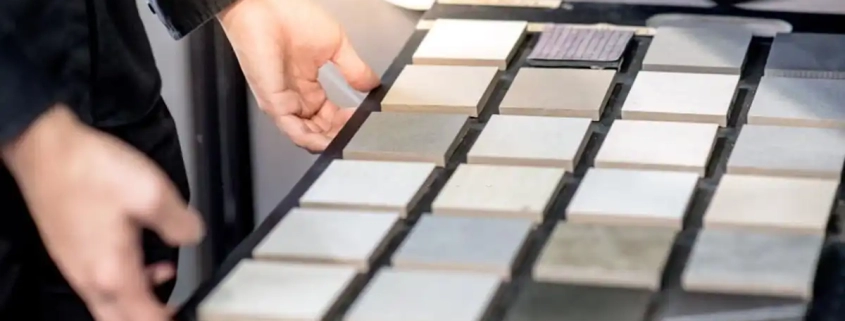What Materials Are Commonly Used For Decorative Wall Panels?
Wall panels are a great way to elevate the aesthetics of your home. They are easy to install and maintain, unlike a painted wall.
In addition to offering a myriad of prints and colors, some panels can also simulate natural textures like wood or stone. They can be used to cover an entire wall or a segment in order to define a focal point.
MDF
Wall panels can come in many different styles, prints and materials. They can simulate natural textures such as wood or stone to create a more aesthetically pleasing environment. They are also a great alternative to traditional wallpapers and textured paint as they can be more cost-effective and easier to clean.
MDF is one of the most popular material choices for decorative panels. MDF is a composite wood product that is traditionally made by breaking down softwood into fibres in a defibrator, combining it with wax and a synthetic resin binder like urea formaldehyde, and then pressing them under high heat and pressure to form panels.
MDF is a sturdy material that can be shaped to fit any design. It is also easy to work with and works well with every type of finish, including paint, veneer and laminate. Bendy MDF is processed to allow it to bend, allowing designers to make unique pieces that would be difficult to achieve with other methods.
Melamine
Melamine is a popular choice for wall panels due to its versatility. It can be printed with a wide variety of designs, including motifs and wood grain patterns. It can also be embossed, engraved or laser cut to add further dimension and texture. It is also available in a range of colours, hues and finishes.
Unlike solid wood or veneers, melamine is a recyclable material and produces less toxic waste than other materials such as HPL. Melamine panel substrates are typically made from climate-positive composite wood and can help achieve LEED points when used with TFM decorative overlays.
TFM, or melamine-formaldehyde resin board, is a European creation developed a quarter of a century ago by large composite panel producers seeking a way to produce decorative and durable panels more efficiently than with HPL glued to MDF or particleboard. TFM panels consist of a composite wood core with a top and bottom surface on which a decorative paper layer is thermally fused to the front and back. The top and bottom surfaces are then saturated with a thermosetting melamine resin system.
Glass
Glass wall panels are an ideal way to add a decorative touch to your home. These panels can be created using different decorating techniques to produce a wide variety of designs. They are generally made of float glass, which is manufactured with very flat and consistent surfaces, which makes them suitable for different decorating processes. This gives them the flexibility to be integrated into any space.
Decorative glass panels can be etched, back painted, or sandblasted to create the desired effect. For example, acid etched glass has an acid-treated surface that reduces glare and diffuses light to create a frosted appearance. This type of glass is a popular choice for decorative panels because it allows light to filter through the surface while still maintaining privacy.
Another benefit of glazed wall panels is their ability to hide imperfections on walls and ceilings. This is especially useful for areas where there are cracks or chipping paint, which can cause damage to the walls over time.
Metal
Metal is used to create decorative panels with different textures and patterns. These panels are durable and easy to maintain. They also look beautiful and can enhance the appearance of a room. They can be used in commercial or residential environments. They are great for concealing exposed wiring and provide a sleek look that is more attractive than wallpapers or paints.
Wood is another popular material for wall paneling. It is available in a variety of styles, and it can add warmth to any space. It is also durable and can last for years. It can be used in a wide range of applications, including ceilings and walls. It is available in various finishes and colors, and it can be customized to fit any design scheme.
Decorative wall panels can be made from many different materials, but they are all designed to be durable and easy to clean. They are much easier to install than traditional wall decor, and they can be installed quickly and easily.




Leave a Reply
Want to join the discussion?Feel free to contribute!